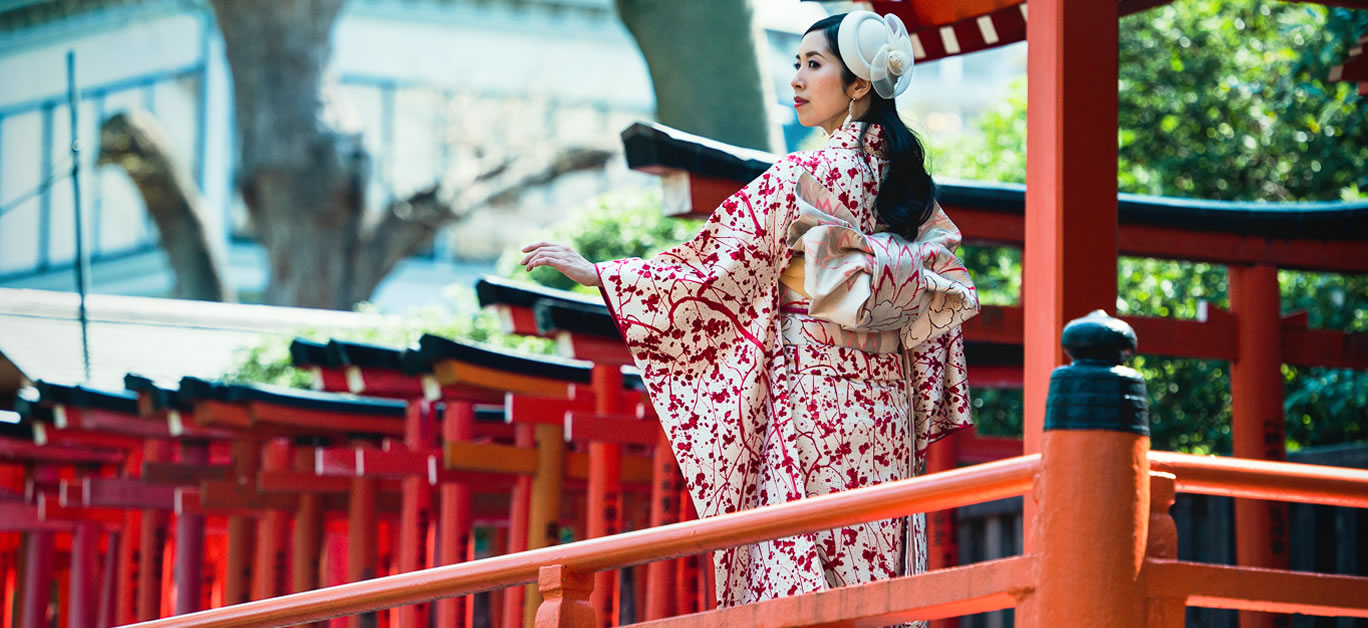The image of the humble kimono embodies much of what symbolizes Japan: simplicity, elegance, and endurance through time. We can all easily imagine it: the cylindrical shape, flowing sleeves, colourful bows and ties that bind it all together.
If we dig below the surface of this iconic piece of Japanese clothing, we find a very different story, a garment in constant evolution that ebbs and flows over time. After all, this was a garment that originated in China over a millennium ago and became so ubiquitous in Japan that its name simply means ‘something to wear’ before the westernization of Japan starting in the early 20th century triggered its long, slow decline.
Yet the rumours of the kimono’s demise have been greatly exaggerated. The kimono remains a central part of many Japanese traditions, including tea ceremonies, marriage ceremonies, and celebrations. Dressing in kimono also remains one of the most popular tourist activities for both foreign and domestic young women and couples. And just two years ago, the V&A held a highly successful exhibition entitled ‘Kimono: Kyoto to Catwalk’, which has since visited several other European countries.
Whether you are a casual kimono admirer or a devoted kimono aficionado, Japan offers unique opportunities to celebrate this iconic traditional attire.
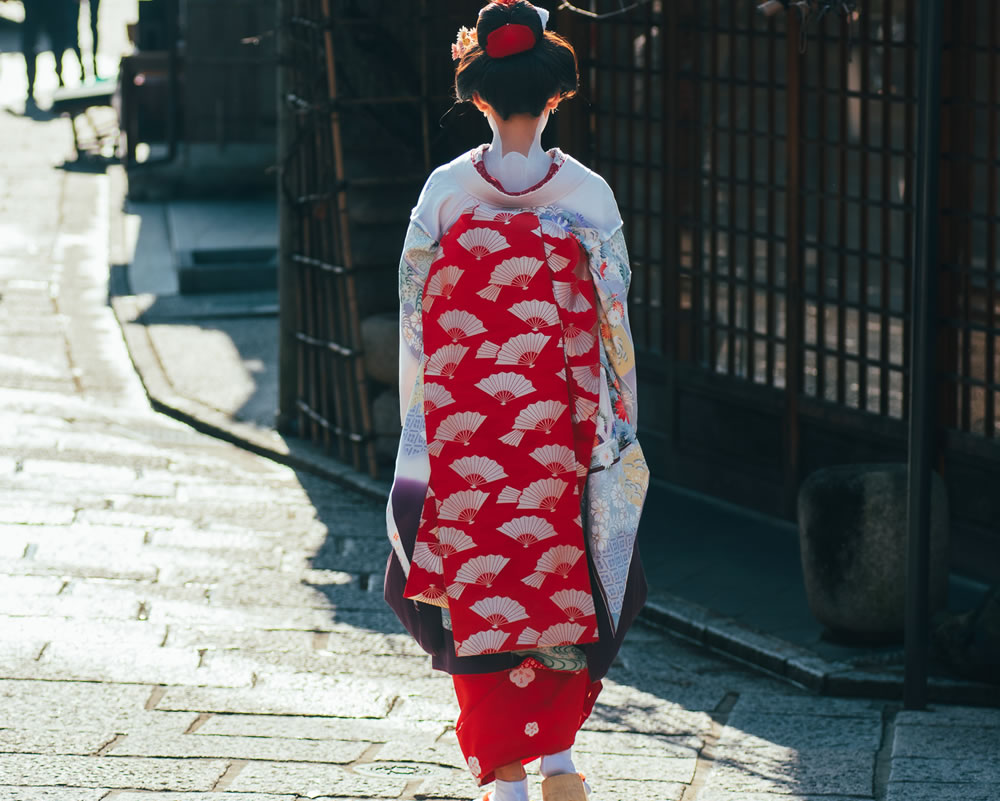
For those who want to see kimono up close and learn more about the art of kimono craftsmanship, kimono galleries and museums remain the best options. The Kaga Yuzen Kimono Center in Kanazawa displays incredibly detailed kimono dyed in the Kaga Yuzen style: colourful images of flora recreated in life-like details, down to the leaves nibbled on by insects. After admiring the kimono, you can participate in a workshop to learn the art of Kaga Yuzen dyeing on-site.
A completely different kimono-viewing experience awaits at Itchiku Kubota Museum, located on the shores of Lake Kawaguchi near Mount Fuji. Kubota revived the ancient tie-dyeing technique of tsujigahana after it was all but extinct for nearly 300 years. Pictures do not do justice to this intricate three-dimensional technique, used to make lavish floral patterns and natural landscapes in bold colours. The museum facility itself is also a work of art that was awarded three Michelin stars. It is complemented by a lovely Japanese garden designed by Kyoto landscape architect Yasuo Kitayama.
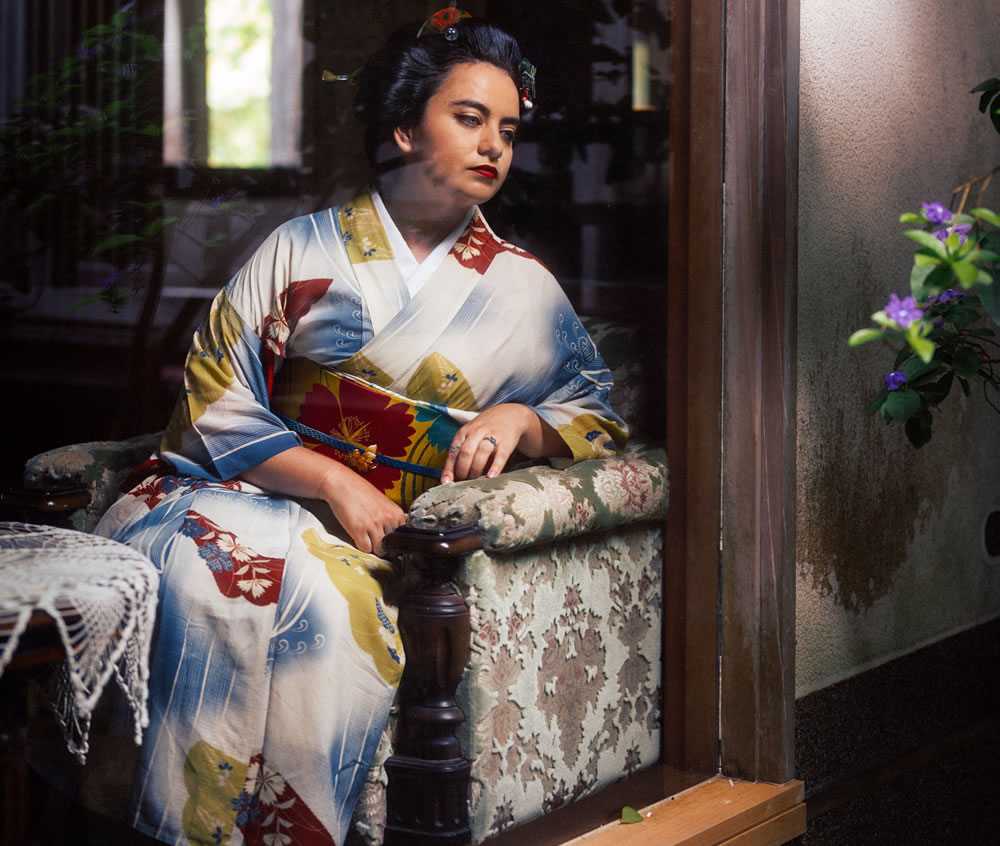
Admiring kimono in museums is one aspect of appreciating them, but you should actually wear one to truly understand the garment’s appeal. You’ll find many kimono rental shops concentrated around tourist areas around Kyoto’s Higashiyama District, Tokyo’s Asakusa neighbourhood, and Kanazawa’s Higashi Chaya teahouse district. If you snap a photo of a maiko in Kyoto’s Gion district, chances are high that you’ll be photographing a fellow tourist dressed in furisode, the loveliest form of kimono with sleeves that nearly touch the ground.
It isn’t just the large cities in Japan that have kimono rental shops. Oita Prefecture’s little Kitsuki city, with its equally petite Kitsuki Castle, is a popular destination for a kimono stroll through its well-preserved neighbourhoods formerly inhabited by samurai. Kawagoe, the ‘Little Edo (Tokyo)’ of Saitama, attracts young women and couples who stroll about in kimono, sauntering from shop to shop to snack on Japanese favourites like sweet dango mochi or roasted sweet potatoes.
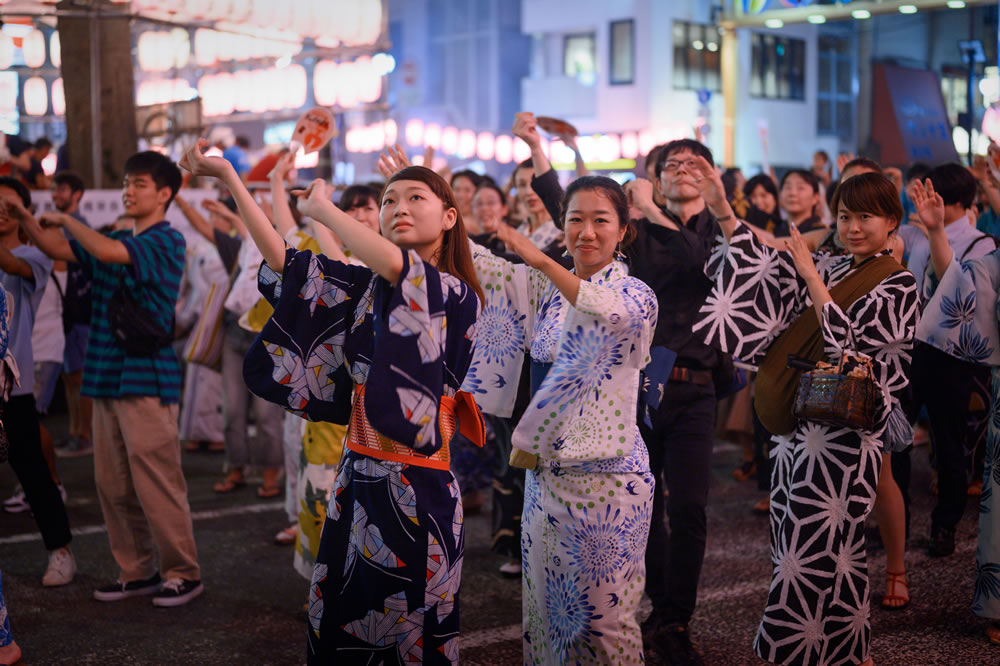
As lovely as it is to dress in kimono, you’d likely melt away if you tried wearing one in the humid Japanese summer. During those months, you’ll find rental shops switch to yukata, a more casual cotton kimono that doesn’t require the additional layers of a standard kimono and uses more simple forms of obi to tie and accessorize it. While not quite as elegant as a true silk kimono and elaborately tied obi, it is the garment of choice for attending Japan’s many summer festivals and fireworks displays.
After you’ve admired and worn a kimono in Japan, you’ll likely be tempted to purchase one to take home. Many people mistakenly believe that kimono are out of the price range of the average tourist, but the abundance of used kimono available in Japan makes them an affordable souvenir. There are often used kimono shops in areas frequented by tourists, and kimono rental shops often sell used kimono to get rid of extra stock.
For a fun way to shop for used kimono, visit one of Japan’s many antique fairs, usually held on weekends in major cities, such as the Oedo Antique Fair held the first and third Sundays of every month in front of the Tokyo International Forum building in Yurakucho. You won’t get much professional advice about sizing and accessories this way, so this is better for finding a unique and inexpensive kimono to display on your wall rather than wear.
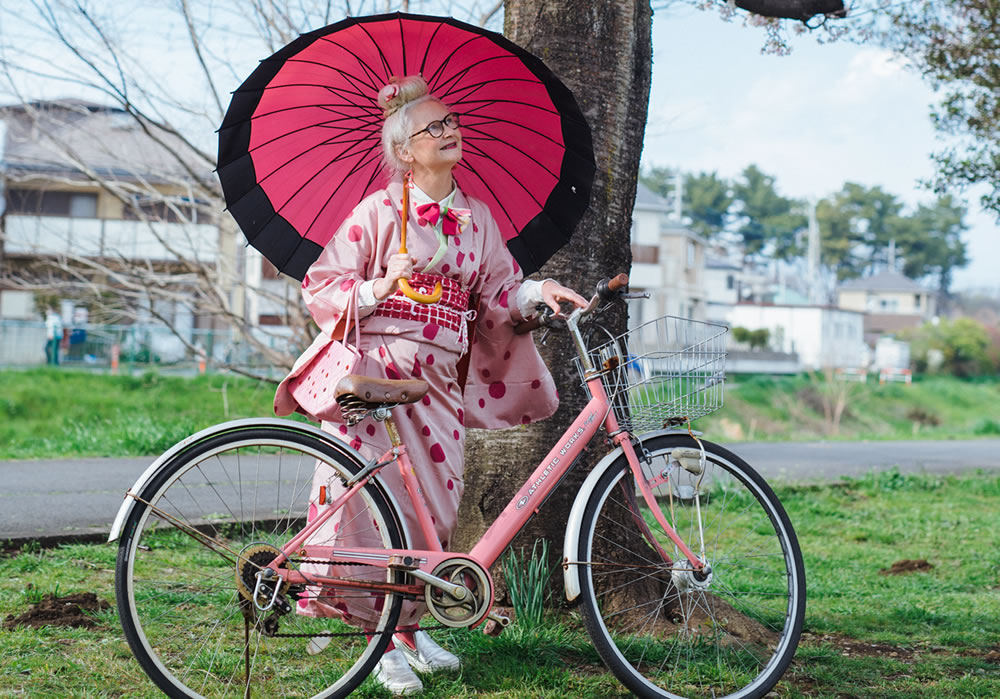
If you’re serious about purchasing a kimono you can wear, kimono shop staff will help you pick out all the accessories you will need to fully dress, and there are many. Most people who want to learn how to wear kimono for the first time start with a yukata, which has a basic set of accessories that even a beginner can learn to put on easily. Yukata can be found in many shops, including department stores and the beloved Don Quixote chain of everything under the sun, from May until the end of summer.
If a trip to Japan is in the cards for you this year (as it should be), spare a moment to admire the humble kimono, the wonderfully versatile garment that continues to define culture, tradition, and fashion in Japan.
All imagery credit: Todd Fong












